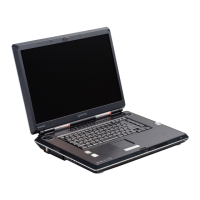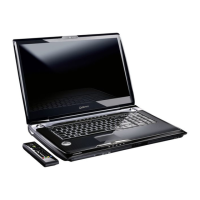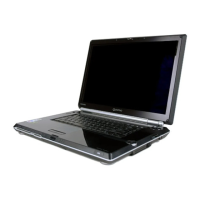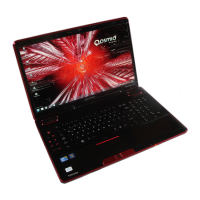User’s Manual Glossary-3
Qosmio F60 Series
application: A group of programs that together are used for a specific task
such as accounting, financial planning, spreadsheets, word
processing and games.
ASCII: American Standard Code for Information Interchange. ASCII code
is a set of 256 binary codes that represent the most commonly used
letters, numbers, and symbols.
asynchronous: Lacking regular time relationship. As applied to computer
communications, asynchronous refers to the method of transmitting
data that does not require a steady stream of bits to be transmitted
at regular time intervals.
B
backup: A copy of a file, usually on a removable disk, kept in case the
original file is lost or damaged.
binary: The base two number system composed of zeros and ones (off or
on), used by most digital computers. The right-most digit of a binary
number has a value of 1, the next a value of 2, then 4, 8, 16, and so
on. For example, the binary number 101 has a value of 5.
See also ASCII.
BIOS: Basic Input/Output System. The firmware that controls data flow
within the computer. See also firmware.
bit: Derived from “binary digit,” the basic unit of information used by the
computer. It is either zero or one. Eight bits is one byte. See also
byte.
Bluetooth: A short-range radio technology designed to simplify wireless
communication among computers, communication devices and the
Internet.
board: A circuit board. An internal card containing electronic components,
called chips, which perform a specific function or increase the
capabilities of the system.
boot: Short for bootstrap. A program that starts or restarts the computer.
The program reads instructions from a storage device into the
computer’s memory.
boot disk: See system disk.
bootable disk: See system disk.
bps: Bits per second. Typically used to describe the data transmission
speed of a modem.
buffer: The portion of the computer’s memory where data is temporarily
stored. Buffers often compensate for differences in the rate of flow
from one device to another.
bus: An interface for transmission of signals, data or electric power.
byte: The representation of a single character. A sequence of eight bits
treated as a single unit; also the smallest addressable unit within the
system.
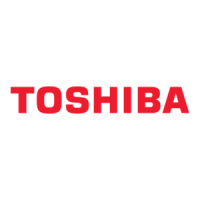
